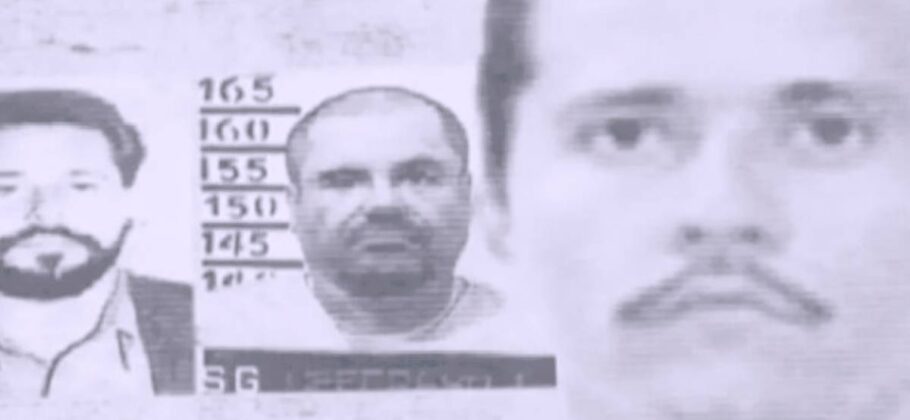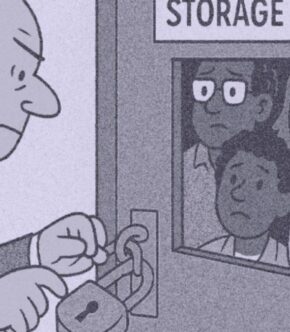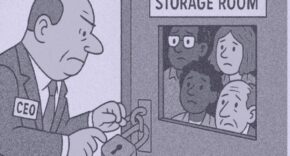High in the Sierra Madre mountains, hidden behind layers of gunmen, land mines, and silence, lives the man now considered the most powerful drug trafficker in the world. Nemesio “El Mencho” Oseguera, the 59-year-old leader of Mexico’s Jalisco New Generation Cartel, has built an empire from cocaine, methamphetamine, and fear. Once a poor farm boy who grew avocados, El Mencho now controls an organization so vast that the United States Drug Enforcement Administration calls it “one of the most violent and influential criminal groups in the world.”
Derek Maltz, a former DEA operations chief, summed up his position bluntly: “Mencho is the most powerful drug trafficker operating in the world.” His ascent, Maltz said, marks “a pivot to much more cocaine distribution in America.”
From Poverty to Power
El Mencho was born in 1966 in Aguililla, Michoacán, one of six children in a poor family. He dropped out of school in fifth grade to work in the fields and by fourteen was guarding marijuana plantations. Hoping for a better life, he crossed illegally into California, where his first encounters with the law shaped his future. Arrested for selling heroin in the early 1990s, he spent nearly three years in a U.S. prison before being deported.
Back in Mexico, he briefly served as a local police officer before joining the Milenio Cartel, a group that trafficked meth and heroin. His marriage to Rosalinda González Valencia tied him to one of Mexico’s most powerful trafficking families, the Valencias, also known as Los Cuinis. When Milenio fractured after key arrests, El Mencho sided with the most ruthless faction, forming Los Mata Zetas—“The Zeta Killers”—a squad that fought the notoriously violent Zetas cartel. When his faction won, it rebranded itself as the Jalisco New Generation Cartel, or CJNG.
The Cartel That Replaced El Chapo
While the Sinaloa Cartel once dominated Mexico’s drug trade under Joaquín “El Chapo” Guzmán, his arrest and extradition to the United States in 2017 created a power vacuum. Sinaloa splintered into warring factions led by El Chapo’s sons—the Chapitos—and the family of Ismael “El Mayo” Zambada. The conflict cost thousands of lives and destabilized the cartel’s grip on the border.
According to Wall Street Journal reporter José de Córdoba, “The civil war inside Sinaloa has been nonstop killing. Around 2,000 people have been killed and another 2,000 are missing.” Amid the chaos, El Mencho moved in, taking over supply routes, smuggling corridors, and eventually parts of the Sinaloa network itself.
By late 2024, CJNG was the most organized and financially dominant cartel in Mexico. The group now operates in at least eight Mexican states and has alliances stretching across Latin America, Europe, and Asia. U.S. officials estimate its assets at roughly 50 billion dollars.
How Cocaine Made Him Richer Than Ever
The Trump administration’s hard-line campaign against fentanyl unexpectedly boosted El Mencho’s rise. As U.S. and Mexican forces cracked down on fentanyl labs, the Chapitos—the main suppliers—faced heavy losses. Cocaine, meanwhile, was surging back into favor among American users.
“The cocaine trade has exploded,” de Córdoba told The Journal. “The U.S. has rediscovered cocaine.” In the western states, consumption jumped 154 percent since 2019. “El Mencho is the key supplier for a huge part of that market,” de Córdoba said.
His cartel now smuggles cocaine by the ton from Colombia to Ecuador, up the Pacific coast, and through the tunnels that once belonged exclusively to Sinaloa. These tunnels, secured through a landmark deal with the Chapitos, allow CJNG to move drugs “easier and cheaper,” de Córdoba noted. For El Mencho, the arrangement was a triumph—control of the best smuggling infrastructure in the hemisphere.
Few people have ever seen El Mencho. De Córdoba described his security detail as “five rings deep, each ring with hundreds of gunmen.” Visitors are blindfolded and stripped of electronics before taking a six-hour drive through the mountains of Jalisco. His compound, according to authorities, includes medical facilities built to treat his kidney disease and barracks for heavily armed guards.
Kyle Mori, the DEA agent leading the hunt for him, said, “He’s ruthless, aggressive, and very ambitious. He’s been able to rise to the top in a kill-or-be-killed environment.” The United States has offered a 15-million-dollar bounty for information leading to his capture, but Mori admits that finding him will take “good intelligence, coordination, and a lot of luck.”
Violence and Terror as a Business Model
El Mencho’s cartel uses military-style tactics. In 2015, his fighters shot down a Mexican army helicopter with a rocket-propelled grenade, killing nine soldiers. That same year, CJNG ambushed police in Jalisco, killing fifteen officers. According to Mexican authorities, he commands hundreds of mercenaries, many trained by ex-Colombian special forces.
He has also expanded into white-collar crime. Treasury Department reports show CJNG laundering drug money through tequila brands, construction firms, and agricultural businesses. In recent years, the cartel even ran over two dozen call centers defrauding U.S. seniors through fake timeshare offers.
A Shadow Government
In many towns across Jalisco, CJNG functions as a parallel government. It taxes goods like tortillas and cigarettes, builds roads, and sponsors local fiestas. “He’s feared but also admired,” de Córdoba explained. “In poor areas, people are glad to be getting food, medicine, and the bands for the town fiesta that he pays for.”
That duality—terror and patronage—has created what locals call El Señor de los Gallos, the Lord of the Roosters. Roosters, a symbol of his passion for cockfighting, appear on banners and gift boxes distributed at community events. His cartel’s handouts during festivals and pandemics build loyalty, even as its violence enforces control.
Unlike flamboyant predecessors, El Mencho avoids luxury displays. He favors discipline over spectacle and rarely appears in public or in photographs. A former associate told Mexican reporters that “he lives modestly to stay invisible.”
His family, however, remains deeply involved. His wife Rosalinda has been arrested twice on money-laundering charges. His son, known as “El Menchito,” was extradited to the United States in 2020 and sentenced in 2024 to life in prison for drug trafficking and murder. His brother Antonio, called “Tony Montana,” was extradited in 2025.
Violence Spilling North
As CJNG expanded its cocaine and meth empire, it brought its methods with it. American law enforcement agencies report that CJNG operatives have appeared in more than thirty U.S. cities, including Chicago, Los Angeles, and Atlanta. The cartel’s reach has made it one of the most pressing cross-border threats to U.S. security.
Trump administration officials have warned that “military action against Mexican drug cartels” is on the table. For now, joint task forces track the cartel’s finances and smuggling routes. But even with arrests and seizures, CJNG continues to adapt.
The Cycle Continues
To many experts, El Mencho’s rise is another chapter in the endless cycle of Mexico’s drug war. “It’s a giant game of whack-a-mole,” de Córdoba said. “One big guy is taken down, and then he’s replaced by another after a lot of killing.”
El Mencho’s empire shows how demand in the United States sustains the cartels that terrorize Mexico. As long as the appetite for drugs continues, new suppliers will emerge. For now, the man once guarding marijuana plants in Michoacán rules from a mountain fortress, overseeing a global network worth billions—and waiting for the next blow in a war that never ends.
FAM Editor: One of the major takeaways from this is that Mexico is not under the control of the Mexican government. A $50 billion operation, collecting taxes under the nose of the government?











